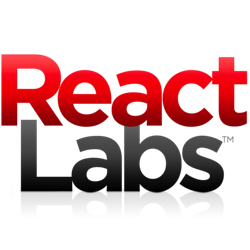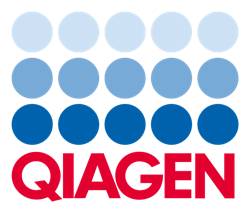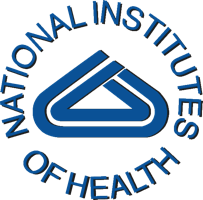
Please join us for an exclusive, invitation-only event to be held in conjunction with PwC and the Technology Council of Maryland.
This event has been designed especially with you in mind. You’ll have the opportunity to network with your peers in an intimate setting and learn what it took companies within your industry to grow and become $1 billion market leaders. Presenter Brian Williams is a successful life sciences entrepreneur. Now consulting for PwC, Brian will present a roadmap other life science companies have followed to experience explosive growth in a dynamic and demanding environment.
Amid the volatile blend of opportunity and challenge that characterize the global life sciences industry, only a few small companies have managed to catapult their revenue over the $1 billion mark over the past two decades. Whether they chose to expand their focus and product portfolios, enter new geographies, or grow their core business, these aspiring giants pursued three distinct strategies to jump start growth:
- Leveraging core product/technology capabilities to launch differentiated products
- Using mergers & acquisitions and partnerships to gain new products and/or expand geographic presence
- Building a strong, stable leadership team armed with a compelling vision and relentless drive
We hope you can join us to explore these topics and discuss their applicability to you and your company.
When:
Tuesday, June 11, 2013
Time:
8:00 – 8:30 am – Registration and networking
8:30 – 10:30 am – Program
Location: The Universities at Shady Grove Conference Center
9630 Gudelsky Drive
Building II, Room 11-1042
Rockville, Maryland
If you have any questions regarding the event, please Deana Mary at deana.mary@us.pwc.com or 703.918.3631<










